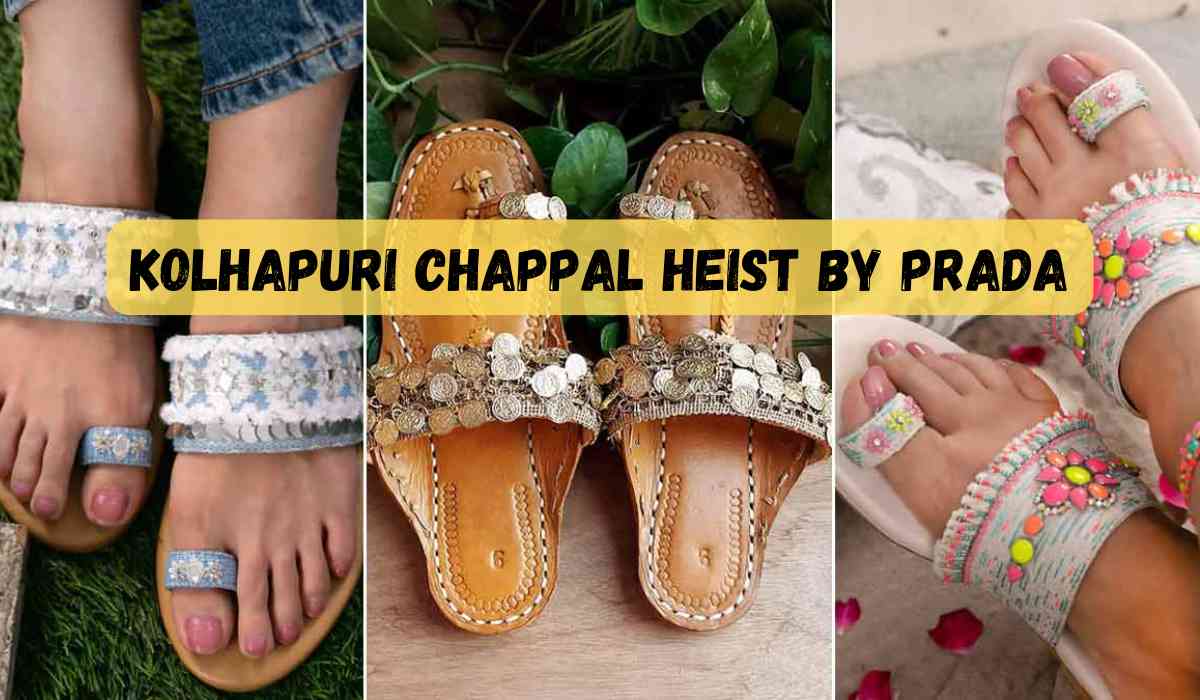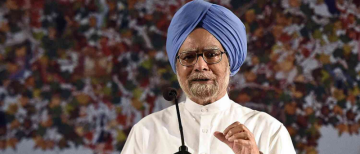They took everything but the name — and sold it back to us with a price tag.
When luxury fashion house Prada unveiled its Spring/Summer 2026 collection in Milan, the spotlight inadvertently turned toward India—not for celebration, but controversy. Among the sharp tailoring and elasticated bloomers, models strutted down the runway wearing open-toe leather sandals unmistakably resembling India’s iconic Kolhapuri chappals. What was missing? A single mention of the footwear’s Indian origins or the thousands of marginalised artisans who still handcraft them today.
This incident isn’t isolated. From turmeric lattes to yoga studios, Western corporations have repeatedly rebranded India’s millennia-old traditions as trendy innovations. The Prada-Kolhapuri scandal is just the latest in a long list of global appropriations that reveal a deeper crisis: the erasure, commodification, and exploitation of Indian culture.
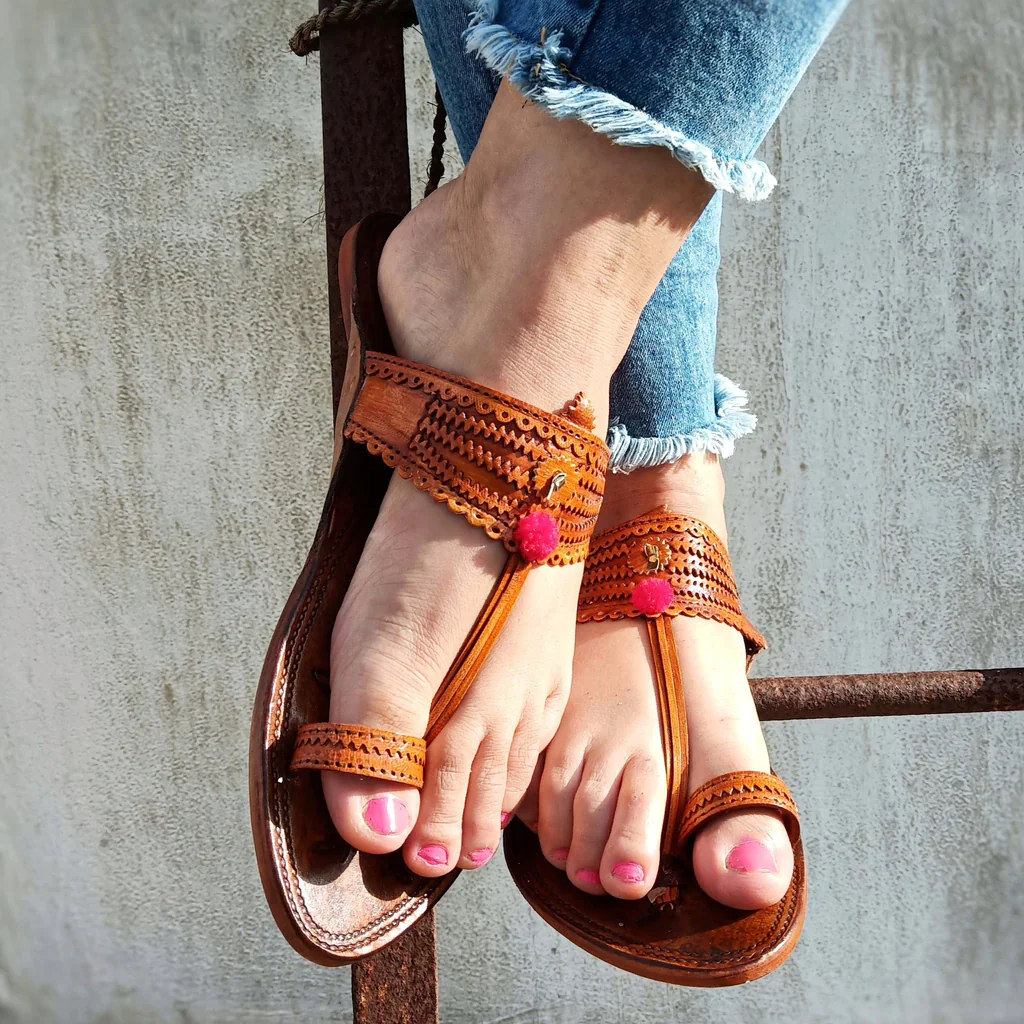
Kolhapuris in Milan: Craft Reduced to Couture
Kolhapuri chappals, originating in Maharashtra’s Kolhapur city, trace their lineage back to the 12th century. Crafted by hand from vegetable-tanned leather, these sandals take up to six weeks to complete, often stitched without a single nail or machine. The artisans—mostly from the historically marginalised Chamar (Dalit) community—have passed these techniques down through generations.
Yet, when Prada’s models donned these same chappals, now priced at an eye-watering ₹1.2 lakh ($1,400), there was no acknowledgment of this heritage. It was only after backlash from social media, activists, and even politicians that the brand sheepishly admitted it was "inspired by traditional Indian handcrafted footwear."
The question isn’t just about credit. It’s about economic justice. The artisans selling Kolhapuris for ₹400-1,500 saw no profits. No royalties. No collaboration. Just silence.
Dhananjay Mahadik, a BJP MP from Kolhapur, accused Prada of infringing on Maharashtra’s cultural identity and announced plans for legal action. And yet, for many like Harish Kurade—an artisan from Kolhapur—there’s also hope. “Maybe the world will finally see our craft,” he said, optimistically, even as his family, steeped in a century-old tradition, continues to struggle for recognition and support.
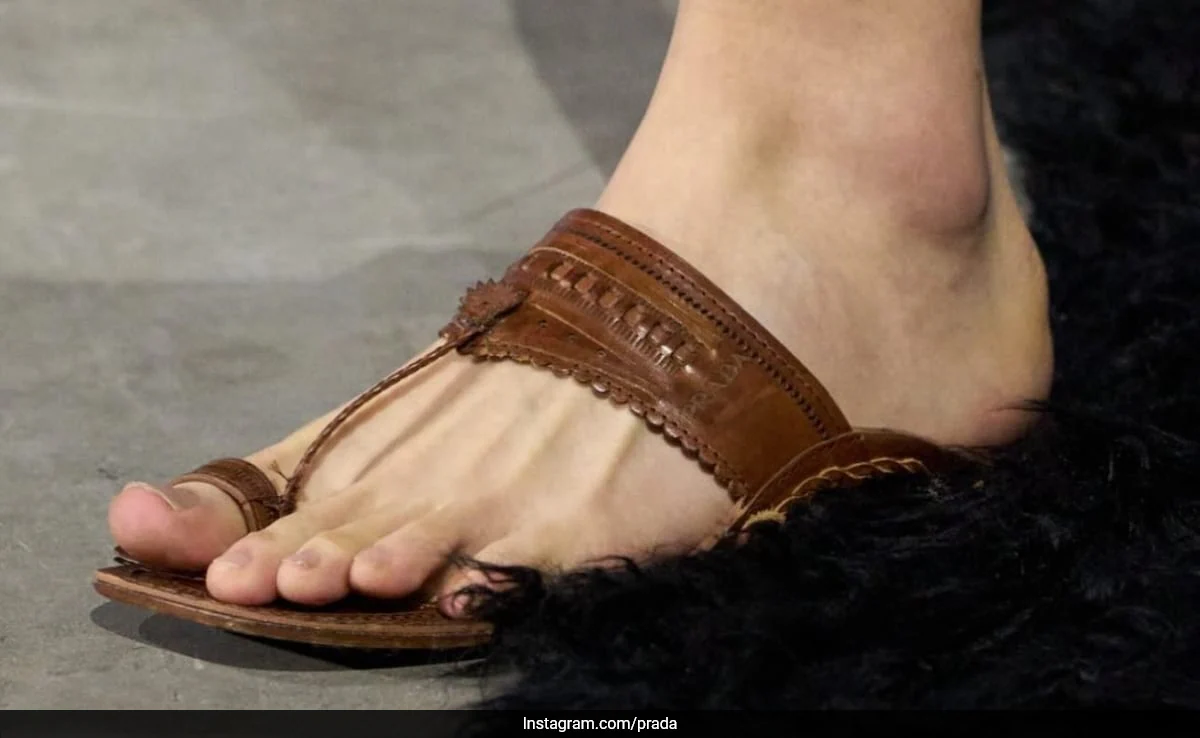
From Chappals to Cheques: A Pattern of Cultural Extraction
What Prada did with Kolhapuris is not new—it is part of a broader, decades-long tradition of Western brands raiding Indian culture for aesthetics and profit.
-
Turmeric Latte (aka Haldi Doodh): A homemade remedy passed down generations in Indian households is now a $326.7 million global industry. In New York cafés, haldi doodh became a $12 luxury “Golden Drink” served with no nod to Ayurveda or Indian mothers who once brewed it with love, not marketing strategy.
-
Yoga: Once dismissed as backwards or unscientific, yoga has become a $107.1 billion global wellness industry. From Lululemon apparel to chic yoga mats, the West embraced its physical postures while stripping away Sanskrit terminology, spiritual roots, and Hindu philosophy. As Indian-American yoga teacher Rina Deshpande aptly put it: “Now it is frequently seen as glamorous, trendy, and divorced from its true meaning.”
-
Bindis, Mang-Tikkas, and Ma Kali: Religious and cultural symbols worn with pride by Hindu women and worshippers have been reduced to “boho chic” accessories. Celebrities like Selena Gomez and Rihanna sport bindis at music festivals, completely detached from their spiritual significance. Worse, Canadian rapper artists have depicted goddess Kali in profane, commercialised contexts—acts that would be considered blasphemous if done to other faiths.
-
Dupattas as 'Scandinavian Scarves': On TikTok, a fashion rental startup described the traditional Indian dupatta as “very European.” The backlash was swift, but the incident reveals a pattern: South Asian girls, once bullied for wearing “ethnic” clothes, are now watching their identities get fetishised by the same systems that shamed them.
-
Christian Dior and Block Prints: Dior was accused of copying prints from People Tree, an Indian artisan collective, for their haute couture line. Graphic designer Orijit Sen reached an out-of-court settlement with Dior in 2018 for plagiarising his yoga-themed artwork.


Colonial Hangover: Why Do We Wait for the West to Validate Us?
The deeper wound, perhaps, lies not in Prada’s theft, but in the delayed outrage from Indians themselves. Why did we ignore Kolhapuris when they were being sold on roadside stalls for peanuts? Why does our pride only awaken when our culture is placed under a European spotlight?
This is a symptom of colonial brainwashing.
In 1835, British politician Thomas Macaulay famously claimed that “a single shelf of a good European library was worth the whole native literature of India.” The quote was not just rhetoric—it was policy. India’s intellectual, spiritual, and scientific contributions were dismissed as inferior. This mindset still lingers. We abandoned Ayurveda until the West packaged it as integrative medicine. We ignored the Rig Veda’s wisdom until International Yoga Day made it “cool.”
We suffer from what can only be called a deficit of cultural self-worth.

Legal Recognition Means Nothing Without Enforcement
Kolhapuris were granted Geographical Indication (GI) status in 2019. But what does that mean when Prada can still walk away with the design, slap a five-figure price tag on it, and face no legal or economic consequences? GI tags only offer domestic protection. There is no global mechanism to prevent fashion houses from “borrowing” heritage under the guise of inspiration.
Meanwhile, the original artisans remain in obscurity—struggling with declining hide supply due to cow protection politics, rising material costs, and no access to global markets. As artisan Kurade says, “We can’t run websites. We don’t know marketing. We just know craft.”
This Is Not Inspiration. It Is Exploitation
There’s a line between appreciation and appropriation. It’s drawn by three questions:
-
Is the source named?
-
Is the community credited?
-
Are profits shared?
If the answer is no, then this isn’t fashion—it’s theft.
True inspiration uplifts. It acknowledges. It partners. It doesn’t silence the very people who carried the tradition. Imagine if Prada had co-created a line with Kolhapuri artisans. Or if Dior had worked with Indian block printers instead of copying their designs. That’s what ethical fashion looks like.
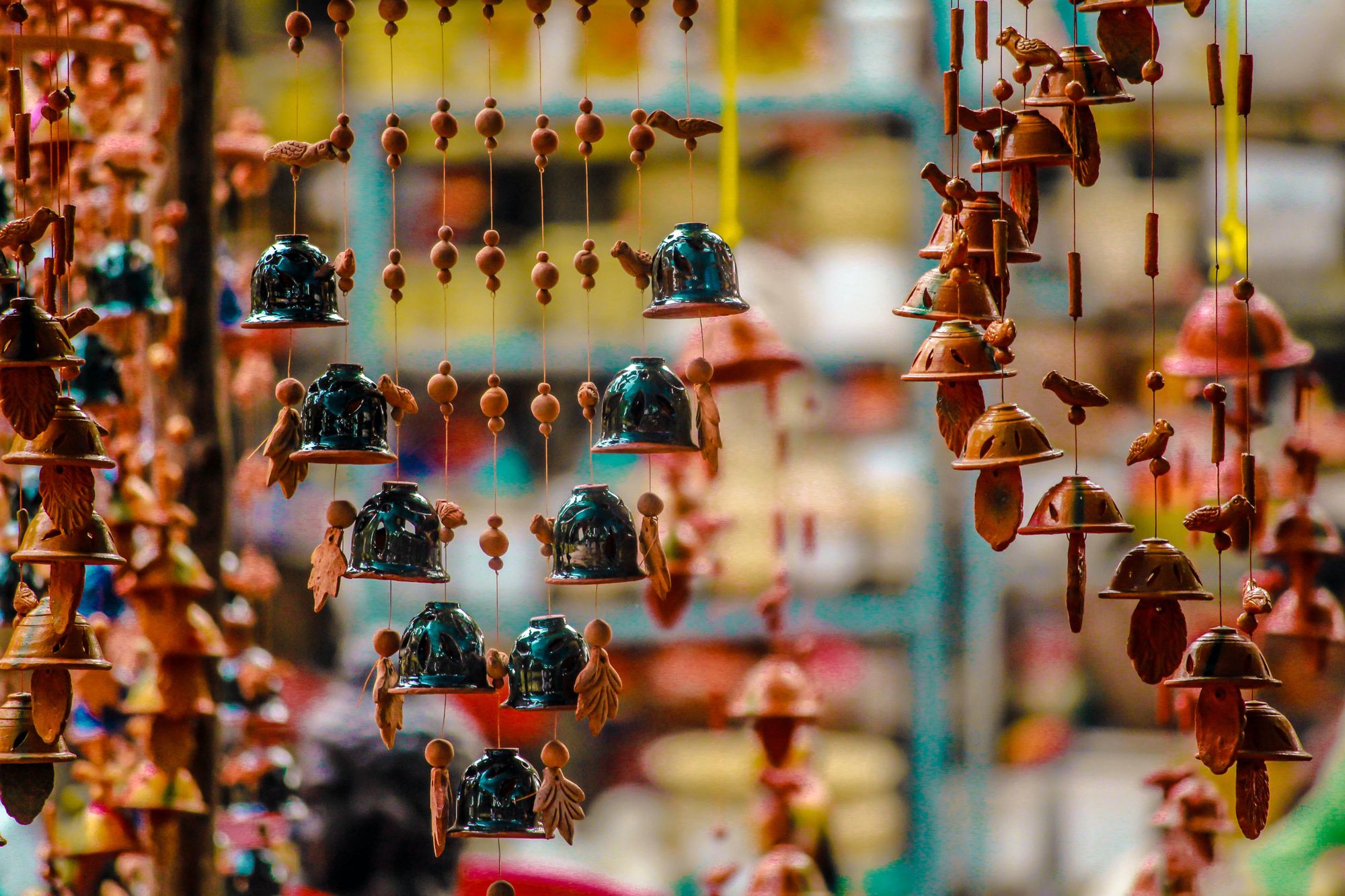
Reclaiming the Narrative: What India Must Do Now
If we want to end this pattern of exploitation, it’s not enough to protest—we must act. Here’s how:
-
Strengthen Intellectual Property Laws Internationally: Advocate for global IP frameworks that protect traditional knowledge and crafts.
-
Educate Ourselves and the Next Generation: Include Indian science, design, medicine, and art in mainstream school curricula—not as folklore, but as history.
-
Buy and Celebrate Local: Support Indian designers, brands, and craftspeople who credit their karigars. Choose authenticity over Instagram trends.
-
Build Cultural Confidence: Wear your bindi. Use haldi. Do yoga while calling the asanas by their Sanskrit names. Be the generation that no longer seeks Western approval to value what’s always been ours.
-
Demand Accountability from Global Brands: Call out cultural theft. Push for collaborations, not copy-paste. Ensure the global stage reflects not just the product but its people.
From Resistance to Renaissance
India is not a Pinterest board. It is a civilisation that has given the world zero, yoga, Ayurveda, architecture, music, textiles, and philosophy. Our crafts aren’t just aesthetics—they are survival, resilience, and soul.
Prada didn’t just walk with a pair of sandals. It walked into a centuries-old legacy that belongs not in a Milanese showroom but in the hands of the artisans of Kolhapur.
It’s time the world learned to walk in our shoes—not just wear them.
Views expressed in the above piece are personal and solely those of the author. They do not necessarily reflect Vygr’s views.
With inputs from agencies
Image Source: Multiple agencies
© Copyright 2025. All Rights Reserved Powered by Vygr Media.

